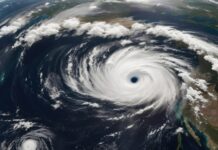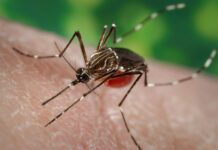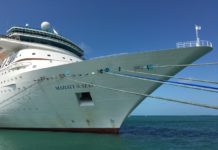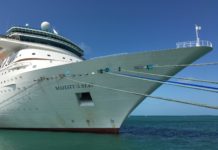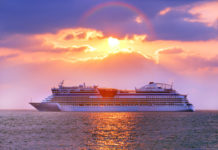As we celebrate Earth Day, please be more careful with plastic bags and foam cups. And be sure to not let helium balloons loose.
The photographs I took underwater on my recent dive show more than anything I can say about plastic debris. This comes from a person who uses plastic all the time. It is not natural, as it is not something found in nature and cannot easily be degraded by natural processes. All of that you have heard before. Like me, you recognize the importance of plastic in our lives and use the convenience every day.
Everything is wrapped in plastic. It preserves and keeps food and medical supplies clean. Plastic protects items from moisture and dust. These are things we all know. It is all part of everyday life. I have used the same plastic bag that I received in a store package to protect my camera for a year now. The plastic is still good, and still keeps my camera safe from rain.
The plastics we see everywhere is a result of slovenly conduct. We get something wrapped in plastic and throw the waste out. It goes into landfills. Ever pass a landfill? See all the plastic waste? Some of it’s flying in the wind, some is sticking out of mounds that a worker is trying to cover with a bulldozer. Some of it is in moats floating around the landfill.
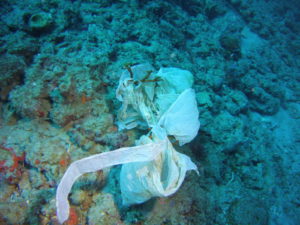
We enjoy the festivity of helium-filled balloons. But when they’re let loose, they eventually deflate, land in the ocean and become plastic debris. They may not look like jellyfish to you, but they do look like a meal to marine turtles. Once ingested, the plastic becomes stuck in turtles’ intestines and the victimized endangered species dies a tortured death.
Foam cups keep hot drinks hot and cold drinks cold. But what happens to foam once it gets into the ocean? It floats around for a long time, thrown about by waves, storms and wind. It gathers tar that has been released into the ocean either by natural deposits coming out of the Earth or from fuel leaks, and it eventually breaks up into the tiny marbles of which the cup is made. The result is a tasty-looking cupcake for fish that’s harmful and fatal to marine life.
Plastic chokes coral. It covers the living organism, preventing light penetration, preventing coral polyps from extending and feeding. There is a small percentage of live coral coverage in the Florida Keys today — when I was diving as a kid there was 90% live coral coverage. Disease is wiping out hard corals. Do not add to the dilemma by letting plastic bags loose in the ocean.
John Christopher Fine — avid diver

















